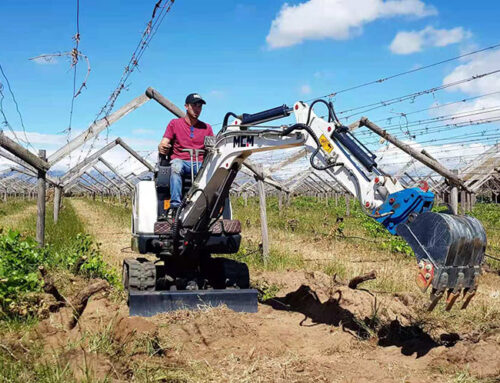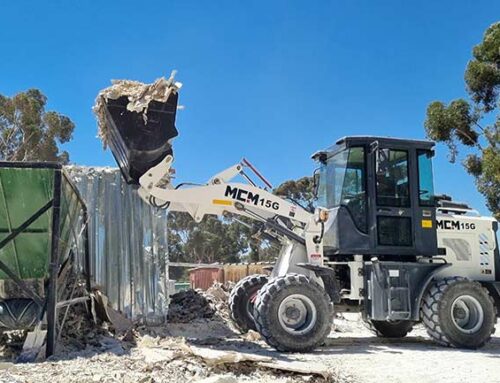The engineering and construction (E&C) sector is worth more than $10 trillion a year and these industries are undergoing a lot of seismic transformations that will change its essential character and redefine them – which has conventionally traversed at a snail’s pace in incorporating innovative technology – to maximize utility, boost productivity and streamline delivery.
BIM is already playing a crucial role in this drastic transformation of the construction industry and making it more efficient, reliable, accurate and cost-effective as well as sustainable.
The further digitalization and automation of the construction industry would involve synchronization of Artificial Intelligence (AI) and BIM.
AI in Construction – A Pathbreaking Development
As per a recent study by McKinsey; there is both tremendous scope and an unparalleled demand for specific technology solutions based on AI-powered algorithms and analytic methods. AI would assist the construction industry in combating some of the biggest recurring challenges that it has to face, including project schedule delay, accuracy margin, and safety considerations.
AI in construction would offer a lot of advantages once it is fully embraced. But it would require a lot of structural changes and primarily capacity building so that the rudimentary requirements for adoption of AI are fulfilled and nothing is overlooked.
There is a broad consensus in the construction industry that it cannot remain impervious to AI, especially when all the other industries are eager about AI and acknowledge the fact that to remain relevant in the post-industrial world, they have to make a seamless transition to AI sooner or later.
The enthusiasm in the construction industry is lukewarm but like other sectors, the stakeholders have recognized not only the benefits that will accrue due to AI but also the inevitability of technological disruption that is poised to irreversibly change the functioning mechanisms of their industry.
Companies that focus on AI-based technology solutions in construction need to be incentivized by the governments and promoted so that they can play a role in the wider adoption of technology. A new ecosystem has to be developed which fosters ingenuity and helps in increasing awareness about the prospects of AI.
Opportunity Areas To Be Seen
Identification of key opportunity areas within the construction industry where AI has the potential to be a decisive game-changer would be helpful in its evolution, as mass adoption of AI in construction becomes a reality.
Among other uses, project schedule optimizers can consider permutations and combinations of literally innumerable alternative ways for project delivery and concurrently enhancing project planning.
In the domain of site surveying, image recognition and classification can identify unsafe worker behavior pattern and collate this data for future reference.
Deployment of customized real-time solutions at a reduced cost and prioritization of preventative maintenance would also be a plus point.
Other AI-based applications can assist site managers in the inspection of remote sites by updating any changes they witness in real time.
In the future, there would be autonomous quality-control systems that would combine new technologies and artificial intelligence with other tools, including GPS and building-information modeling (BIM). Few construction start-ups have also developed products to assist with many other on-site activities, including supply-chain logistics.
An emerging AI technique called reinforcement learning permits algorithms to learn based on trial and error and would provide effective optimization as well as solve for objective functions (e.g. duration or cost of fuel).
Similar technologies would be directly applicable to project planning and scheduling, as it has the potential to assess endless combinations and alternatives based on similar projects, optimizing the best path and correcting them in due course of time, if and when needed.
Modularization and 3-D printing are gradually making inroads in the construction industry and there could be a long-term opportunity to reap the dividends through machine learning. For instance, robotics industry researchers have successfully trained robotic arms to move by learning from simulations. In construction, this application could be applied to prefabrication techniques and maintenance operations.
In the nutshell, the operational reach of AI in construction industry might be inchoate right now, but this in no way diminishes the enormous transformative prowess and the unprecedented manner in which it will reorient the industry.
Source: GeoSpatial World







Leave A Comment